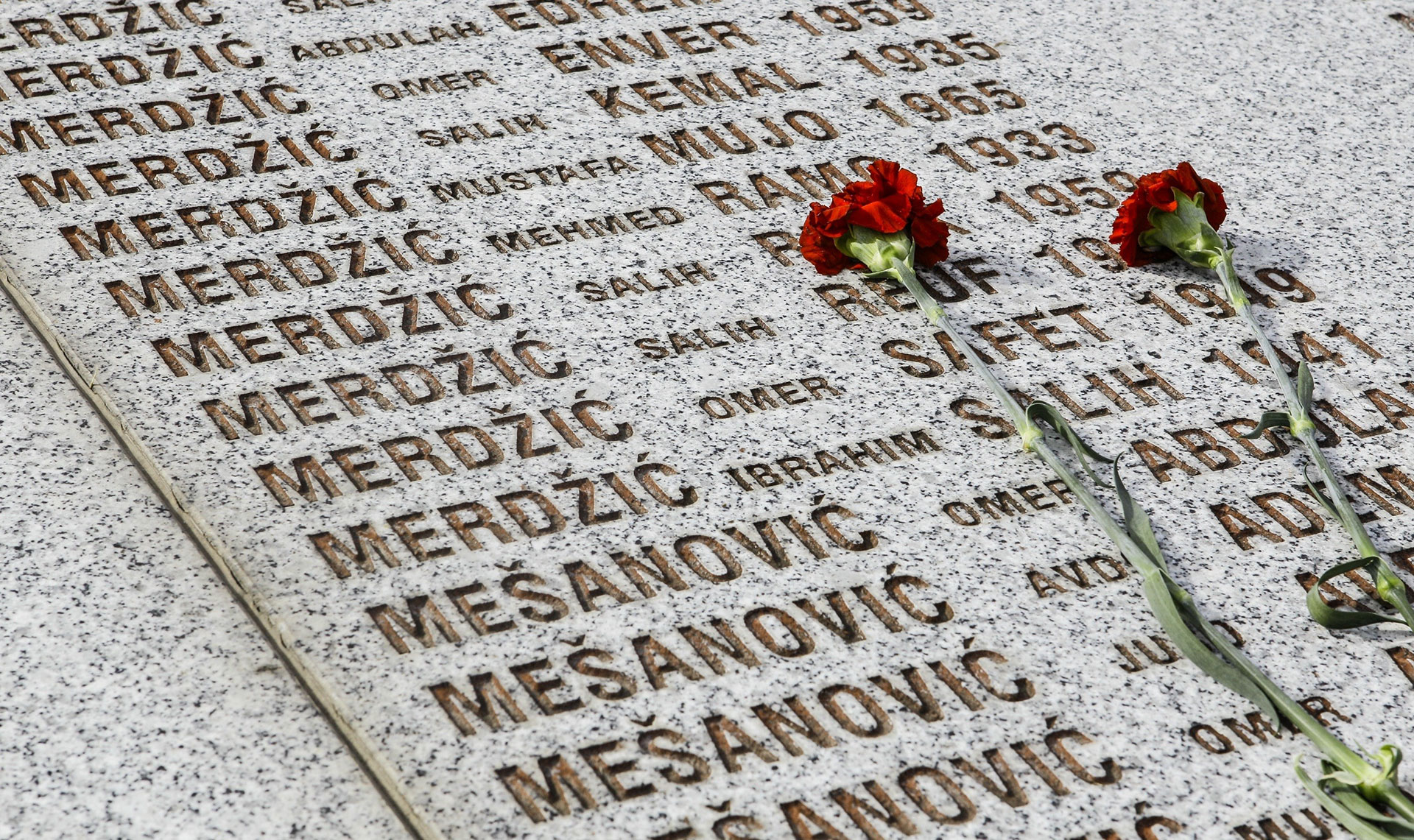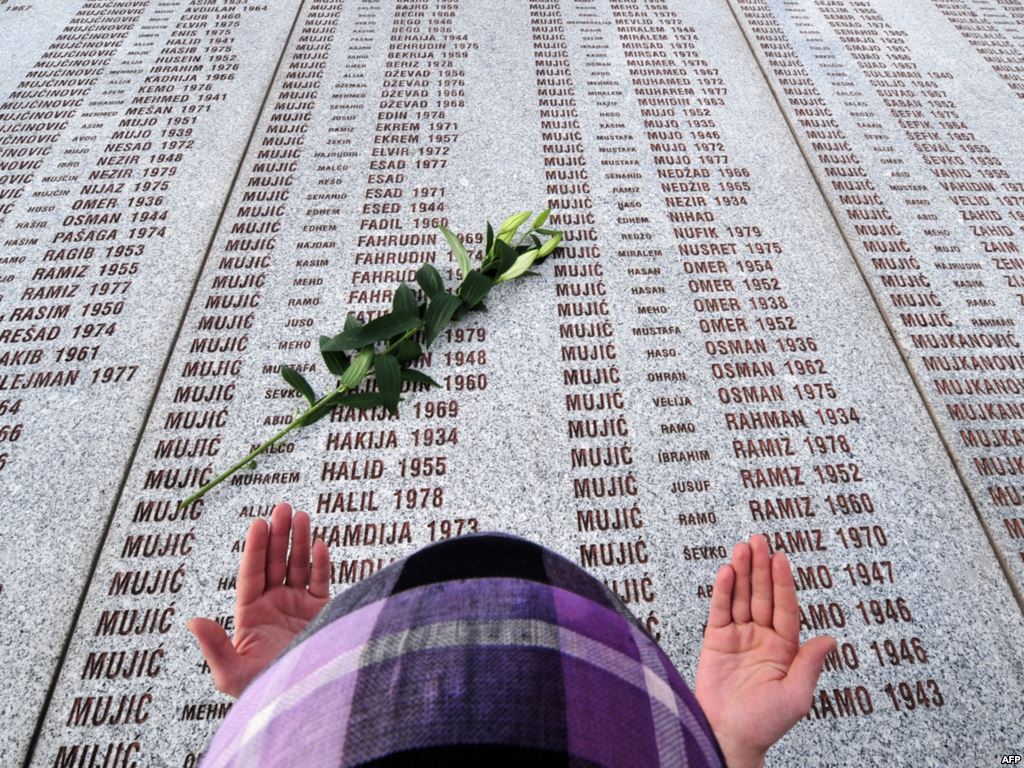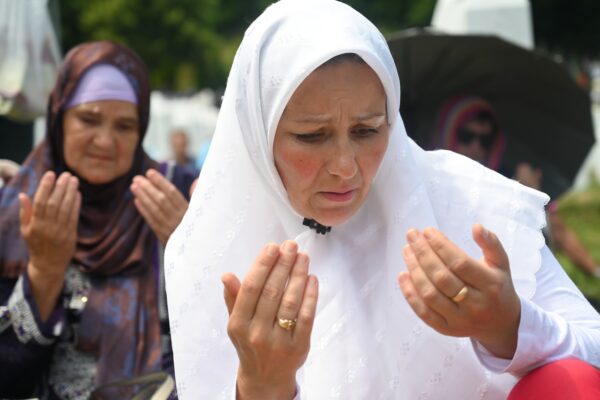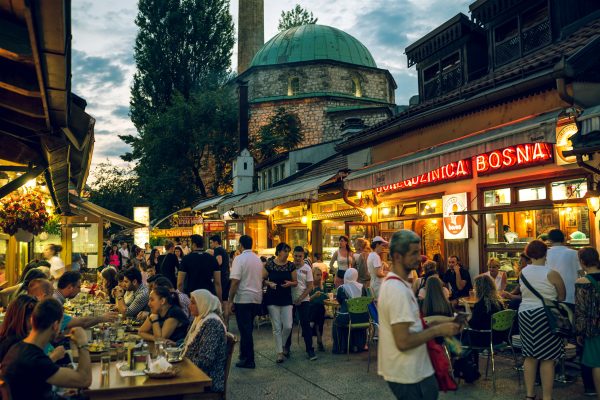“scenes from hell… written on the darkest pages of history.”
“scenes from hell… written on the darkest pages of history.”
In what is known as the worst mass killing on European soil since World War II, 8,000 Muslim men and boys were massacred by Bosnian Serb troops in Srebrenica in July 1995. Srebrenica was a Muslim-majority town in disputed Bosnian territory.
What happened in Srebrenica
On arrival to the town, General Ratko Mladic told his men,
“We give this town to the Serb nation… The time has come to take revenge on the Turks.”
What followed was a methodical and merciless massacre of innocents. The idea was to establish Serbs as the majority.
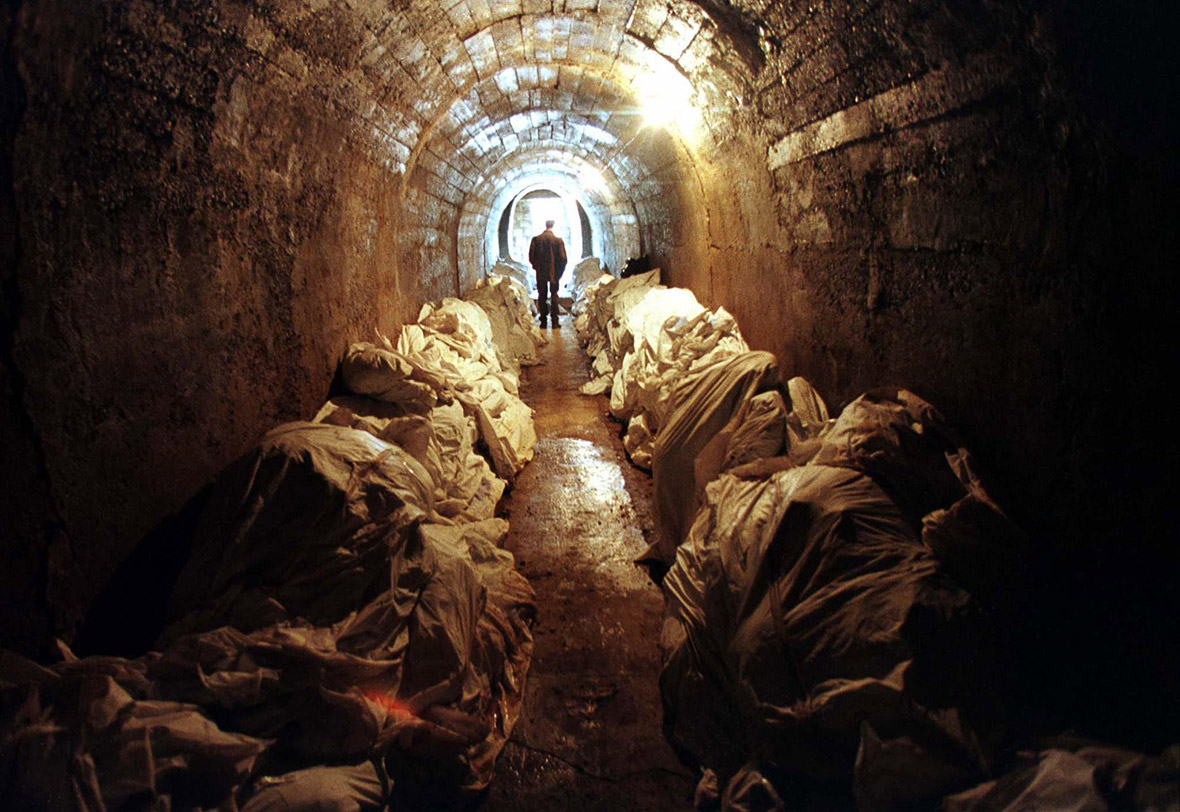
The massacre was a culmination of a three-year siege on the town. Prior to the horrific slaughter, the UN had assured the town’s residents that they would keep them safe, with the UN Security Council declaring the town a UN-protected safe area. During the siege, there were instances of non-Serbs being subjected to oppressive rules such as being forbidden to move around the town after 4 pm; forbidden to swim or fish in local rivers; forbidden to gather in groups of more than three; forbidden to communicate with others outside the town, and so much more.
Once the town was overrun by Bosnian-Serb forces, the UN refused to send planes to assist as was requested by Dutch peacekeepers, who fled after arguing with the Serbs, leaving the residents of the town without protection. The massacre was filmed by Serb cameramen. It was a blatant example of ethnic cleansing. The victims were buried in mass graves, many of which are still yet to be discovered.
One judge in The Hauge later dubbed the stories told by the survivors as “scenes from hell… written on the darkest pages of history.” The bodies were piled up by bulldozers, which were dumped into pits throughout the region.
When Serb units attacked the UN safe area, Dutch commander Thomas Karremans called for NATO military air support, but it didn’t happen. It was in front of Dutch eyes that Serbs began separating Bosniak boys and men from women and old people, with the women bussed to Bosniak-held areas.
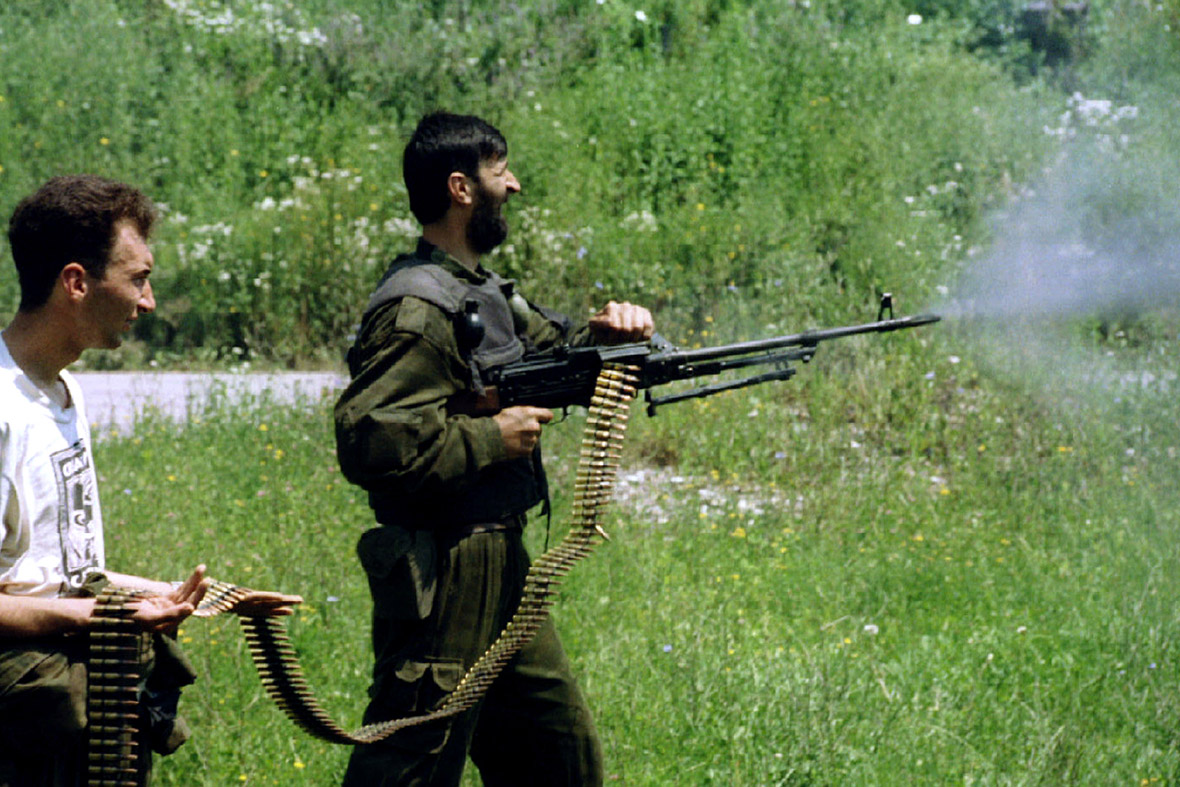
Both the International Court of Justice and the International Criminal Tribunal for the Former Yugoslavia ruled that the mass execution constituted genocide. In 1999, the UN Secretary-General wrote:
“Through error, misjudgement and an inability to recognise the scope of the evil confronting us, we failed to do our part to help save the people of Srebrenica from the Serb campaign of mass murder.”
How the world betrayed Srebrenica
Declassified US cables revealed that CIA operatives watched almost live as the massacre took place. All US partners were immediately informed, but no attempt was made to deter the killers, or rescue the victims.
On July 14th, the UN security council said it feared “grave mistreatment and killing of innocent civilians,” among mentioning that it had received reports of 4,000 men and boys gone missing, but nothing was done.
General Mladic was met by the European Union’s special envoy Carl Bildt on July 14th and July 15th. On the first day, Bildt didn’t even seem to mention the ongoing massacre, on the second day, part of his delegation raised the issue of “information on mass killing and rape” and threatened force if UN forces were attacked. The group was given assurance that Dutch soldiers would be free to leave in the coming weeks, and with that the delegation left.
John Shattuck, US assistant secretary for human rights, insists that they were under the impression that Mladic would simply imprison men in camps. Pauline Neville-Jones, the then political director at the British Foreign Office, insisted in 2009 that “it still remains to be established whether the Serbs had a long-range intention to do just that [i.e., carry out the massacre].” Director of Strategy at the French defence ministry, Jean-Claude Mallet, says “I had no illusion that atrocities would be committed. We had reported that. But never such as the ones that occurred.” France’s then foreign minister Alain Juppe says, “we all knew the men would be annihilated, or at least that the Serbs were not sparing the lives of the prisoners.”
As part of their ruling, the International Criminal Tribunal for the former Yugoslavia stated,
“Without detailed planning, it would have been impossible to kill so many people in such a systematic manner in such a short time.”
Recently, an appeals court in The Hague ruled that the Dutch soldiers who were acting as UN peacekeepers at the time were partly liable for the deaths of about 300 of the massacred. The victims were unable to be defended by the lightly-armed Dutch troops, and those that sought refuge at the nearby Dutch base were handed over to their murderers.
Eyewitness accounts
“The Chetniks (Serbs) came at 7 o’clock in the morning. They gave us bread and water, but that was as long as the cameras were recording, but then when the cameras were gone the soldiers encircled us and took us to Potocari. There everything was burning. All the rooms of the houses were in flames. They lined us up and took the men away, but some people were shot. I saw a 13-year-old boy shot through the mouth.” – Sabra Huseinovic, rounded up in Suceska village in the Srebrenica enclave.
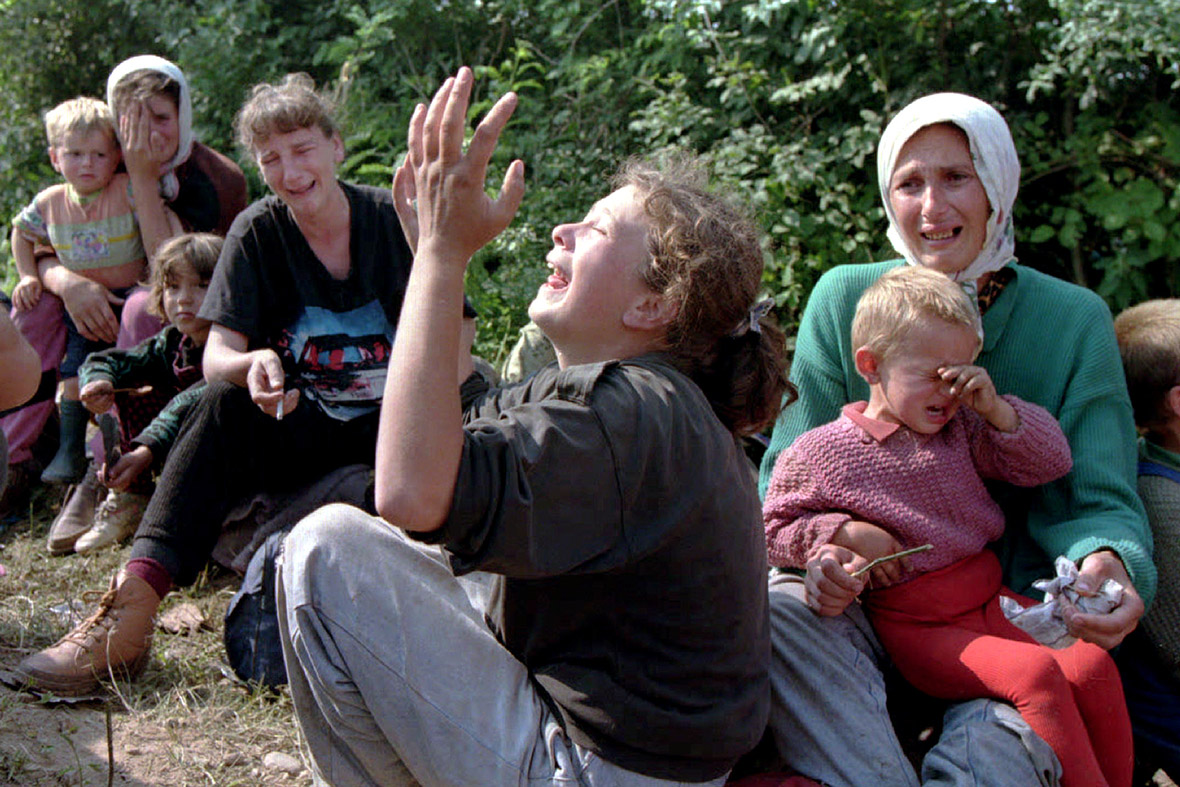
“Those patients who could walk were emptied out of the trucks. Those who couldn’t were taken away again with a male nurse. We don’t know where they were taken… They took a woman cleaner away at Tisce and when she came back she was crying all the time. She didn’t tell us anything and we didn’t ask her, but we know she was raped.” – Izama Osmanovic, a nurse at Srebrenica hospital.
“[My husband] was carrying [my daughter] and I saw him get on one of the buses, but it was too full and I couldn’t get on. But then the Serbs went through the buses pulling off all men. My husband was taken off and now someone else on that bus has the child.” – Nevlida Hasanovic, upon leaving Tuzla.
“There is no justice. This graveyard and all of these murdered people here fell from the sky? A meteor fell and killed these people? That’s not what happened. It’s well known who killed the people. I didn’t believe that it could happen, but I must speak out so that what happened to us never happens to anyone ever again.” – Fadila Efendic, survivor.
